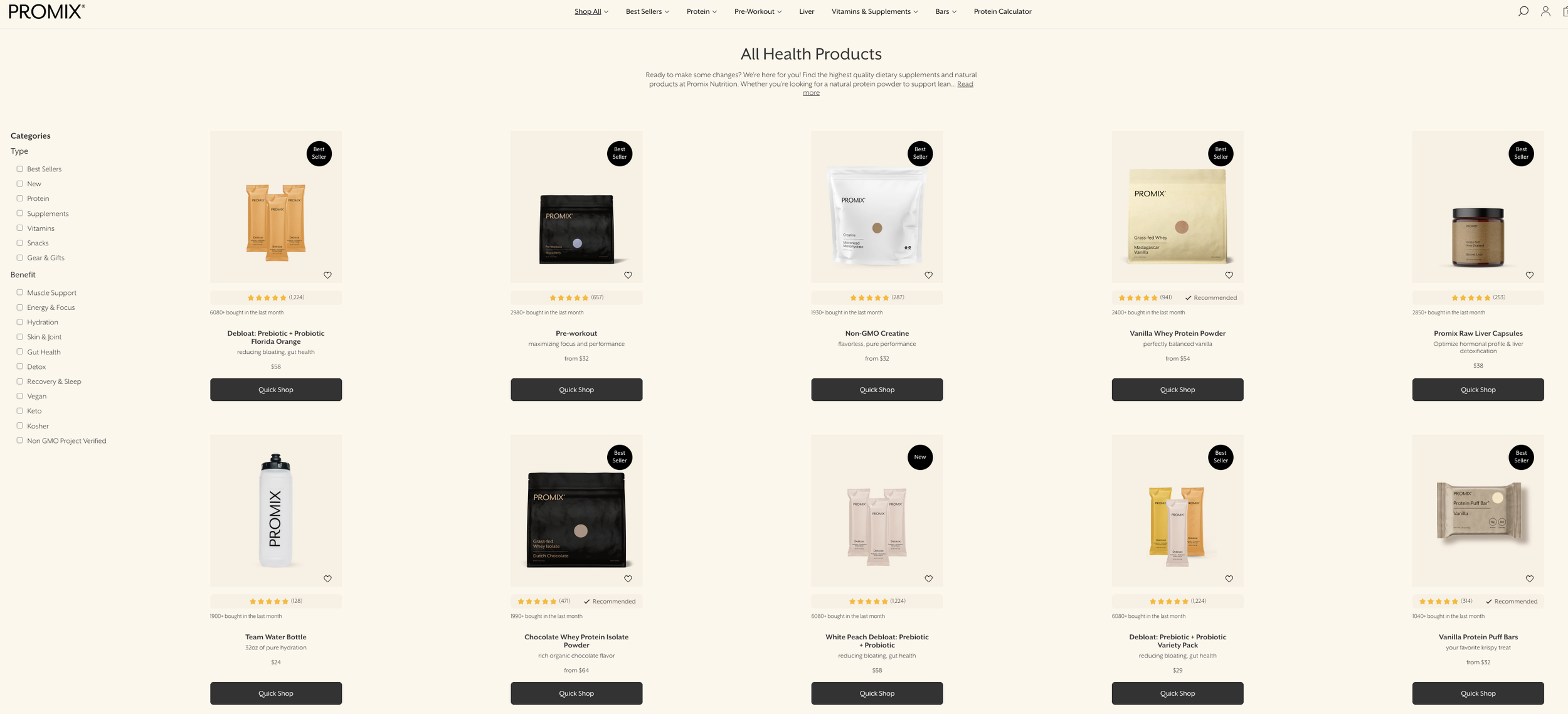
Markets are conversations.
Are your traffic conversion rates tanking and your cost of sales is going up?
We’ll install a custom AI sales agent on your website for free.
When our system is on, you make more money.
When our system is off, you make less money.
Or you don’t pay.
Period.
Meet Byron, your best sales agent …
Do your customers love phone trees?
How many customers do you lose because they don’t have time to navigate your phone system? If you’ve ever been frustrated by a phone system, you’ll understand that you’re losing a large number of customers from friction. Many companies can’t even manage to answer the phone during business hours!
Markets we serve …
Plastic surgery
Patients need to do their research, talk with the doctor, compare, read reviews, and try to understand the best way to get started. Byron will patiently guide them on their journey to becoming a client. He can show them video testimonials, images, give them a cost estimate, schedule their procedure, take their credit card, and send a receipt. When they come back, he’ll continue the conversation where it left off.
Dermatology
A busy dermatology office usually has a few people on the phone talking with clients most of the day. They have to answer questions, take down information, check insurance, and dozens of other tasks. Prospects wait on hold while receptionists handle patients.
Our AI agents can do whatever is allowed by HIPPA and the practice, with the goal of making the sale and booking the appointment.
Medspa
Online customers looking for a medspa have a lot of choices. Potential patients easily skip away and go off to the next site. Byron or Bria will engage them in conversation and can bring you more leads, plus make more sales on the spot. With the right policies and offer, you should see sales jump in the first few weeks, and we should be able to keep improving from there.
Dentist
Dentists need a continuous flow of new patients. Dentists with more than one location often have full-time sales people. Our sales bot will improve your conversion rates and reduce your cost to acquire a customer.
Leisure Travel
Large travel companies rely on phone sales to talk with customers, help them configure their trip, and book the vacation. Our AI sales agent can replace call centers and do all that right on the website 24/7. Talk with us about how we can convert more of your traffic and save you money.
Coaches and courses
If you’re using landing pages, funnels, setters, and closers, we can make your life much easier and increase profits significantly. We can work with your ad team to send prospects from your ad campaigns direct to your website, where Byron will be waiting for them and know their context.
Movers
Moving is competitive. Most movers are running ads on social media, usually to funnels. Our avatar eliminates funnels. If you have people giving quotes and booking moves, our AI salesbot can give a solid quote and take a deposit, then book the move into your scheduling system.
Service companies
Service businesses that have at least two full-time people handling inbound calls: If you can use a full-time AI bot that can actually make the sale, get in touch.
Shopify stores
We’re also looking for Shopify sites that want to integrate our sales agent. If you have a large Shopify site, get in touch.
Pricing
For companies with a significant sales staff, we’ll install a sales bot on your website for free and get paid in commissions. In general, we charge 20 percent of what you’re paying your sales reps to make a sale now. You get full 24/7 coverage, no more funnel building, full CRM and scheduling integration, and complete flexibility. No people problems.
For other companies without big commissions, we will charge a nominal amount per month plus extra for the amount of traffic we serve.
Use the form below to contact us and set up a time to talk.














